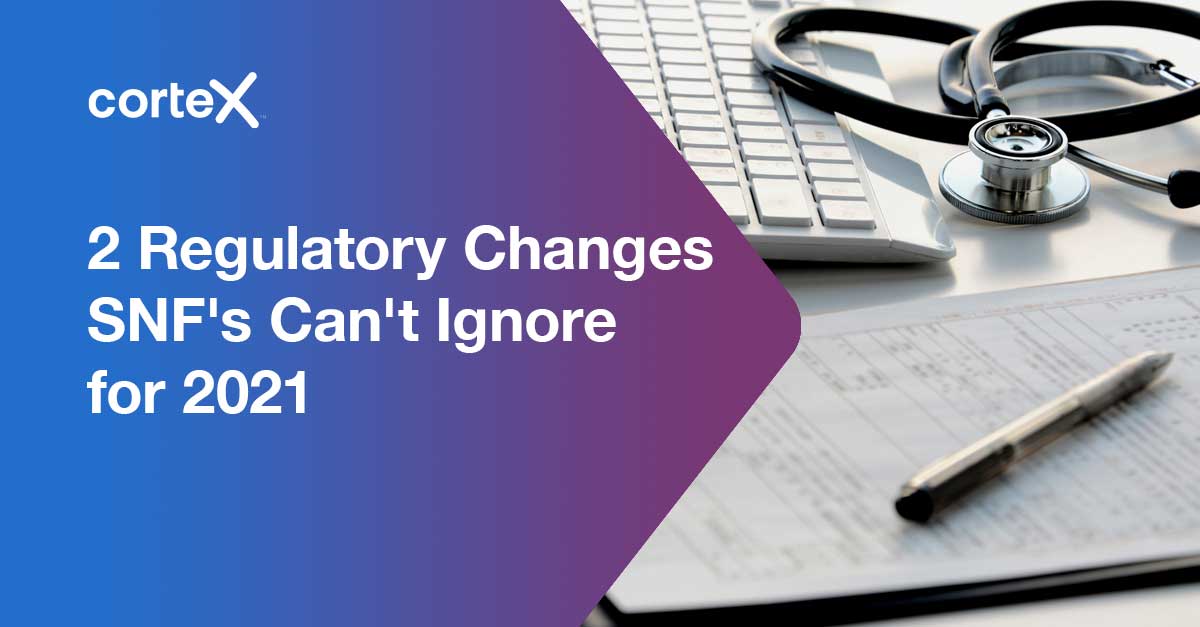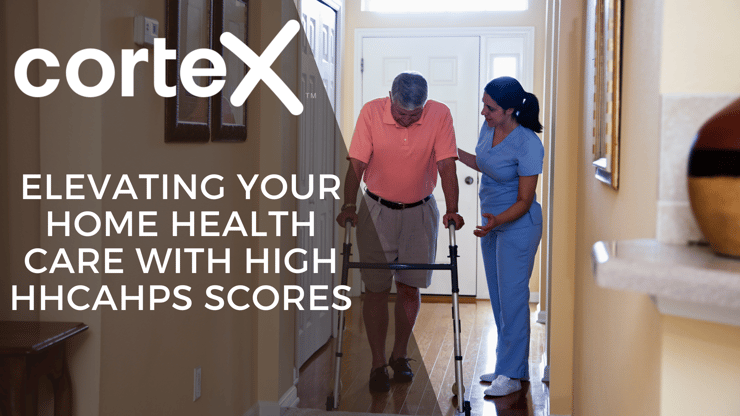As the COVID pandemic eases, regulators are trying to learn from the impact the pandemic had on the US healthcare system during 2020 and 2021. The following areas have the attention of regulators, surveyors, and industry watchers. Ignore at your own peril.
1. Infection Prevention
"Even as nursing homes resume normal practices and begin relaxing restrictions, nursing homes must sustain core IPC practices and remain vigilant for SARS-CoV-2 infection among residents and HCP in order to prevent spread and protect residents and HCP from severe infections, hospitalizations, and death.1"
The CDC, in particular, is concerned that Skilled Nursing and Long-term Care facilities will begin to relax the Infection Prevention and Control (IPC) measures implemented during the height of the pandemic. The guidance from the CDC is summarized in the following bullet points:
- For facilities with 100 or more residents (or facilities with on-site ventilator and/or hemodialysis services), a full-time role focused on IPC is required. See training for that role here.
- Provide sufficient hand hygiene, preferably inside and outside of every resident room and in common areas.
- Alcohol-based hand hygiene is preferred unless hands are visibly soiled, in most cases.
- Maintain adequate PPE, including N95 or higher respirators, and perform medical evaluations, training, and fit testing for proper use.
- Consider using a PPE burn rate calculator to ensure you have enough supplies on hand.
- Housekeeping should use disinfectants effective against SARS-CoV2, as approved here.
- Notify the Health Department (and residents and families) immediately if an outbreak occurs.
- Regularly review the guidance from the CDC: https://www.cdc.gov/
coronavirus/2019-ncov/hcp/ long-term-care.html
2. PDPM Rate Adjustments for FY 2022, Downward
CMS has evaluated spending in 2020, and has found spending was 5% higher than projected. This presents a problem for Washington because the changes with PDPM were supposed to be budget neutral. In a PPS update, here is what CMS said:
“Similar to what occurred in FY 2011 with RUG-IV implementation, we have observed significant differences between expected SNF PPS payments and case-mix utilization, based on historical data, and the actual SNF PPS payments and case-mix utilization under the PDPM, based on FY 2020 data.2”
Operators can expect CMS to adjust payment rates under PDPM in two potential ways, delayed and/or phased. Skilled Nursing News summarized this well:
"Under the delayed model, CMS would give providers a certain number of years to prepare for a blanket cut in the PDPM case-mix index — the example the agency gave was a 5% reduction — while a phased model would reduce the index by a smaller amount per year to arrive at the same-sized cut, such as a pair of 2.5% drops in consecutive years.3"
The takeaway is clear - rates are very likely going to fall. Strategies to handle this generally revolve around accepting, and documenting care for, higher-risk patients (This article from Skilled Nursing News provides excellent insights). Because of the pressure to shorten lengths of stay, follow-up with patients post-discharge will continue to prove critical to a risk management strategy.
1. (https://www.cdc.gov/
2. (https://public-inspection.
3. (https://skillednursingnews.





